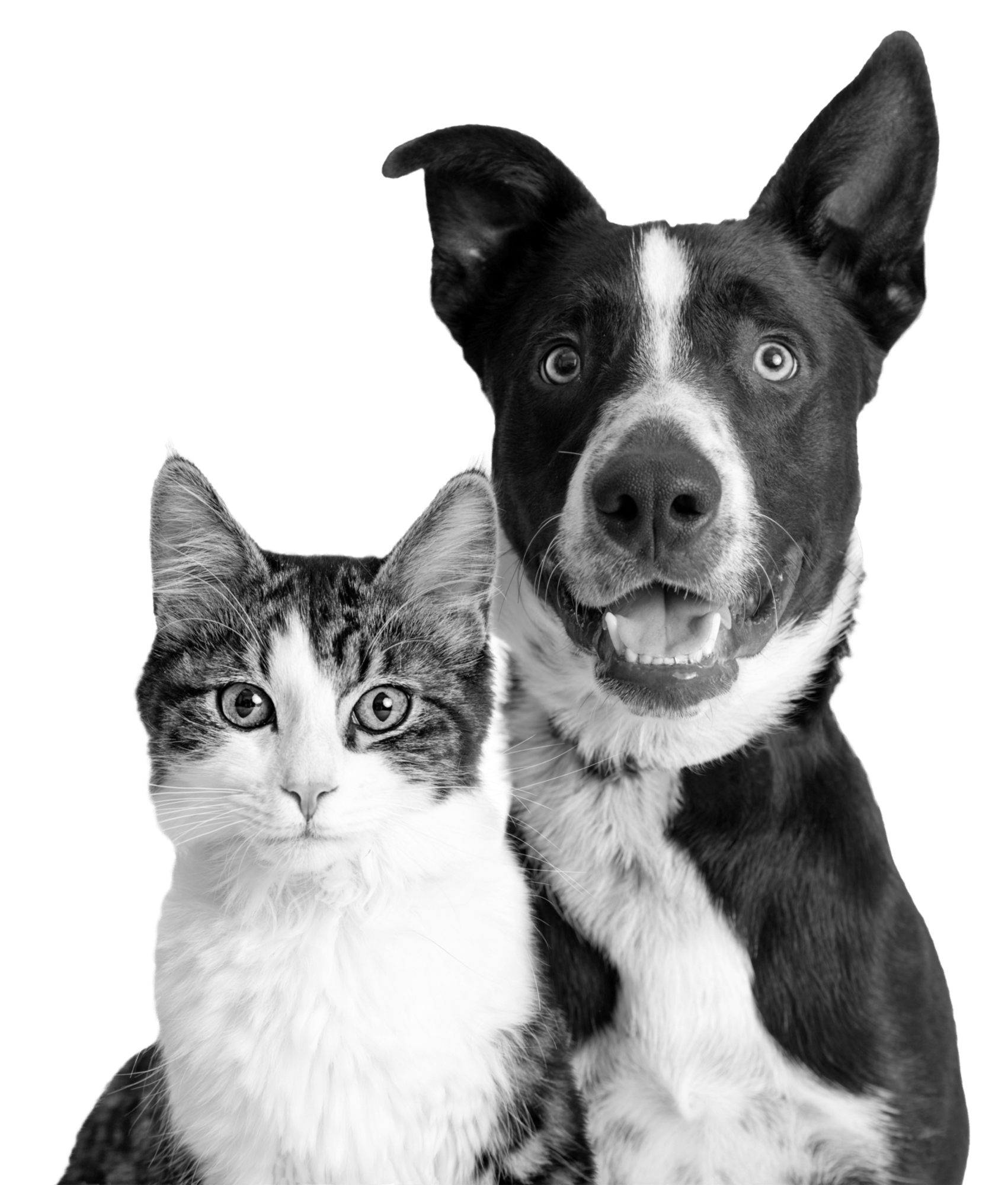Advanced Services for Pets
Laparoscopy, Gastropexy, Ophthalmology, Behavior, and Chiropractic Services for Pets
Pet Laparoscopy
Laparoscopic spay, also known as laparoscopic ovariectomy (LOVE), is a minimally invasive surgical procedure used to spay female dogs. Traditional spays involve making a large incision in the abdomen to remove the ovaries and uterus. Laparoscopic spay utilizes small incisions and a camera (laparoscope) to perform the procedure. Laparoscopic spay procedure offers several advantages over traditional spay procedure:
Smaller Incisions: The smaller incisions result in less trauma to the abdominal muscles, leading to reduced pain and a quicker recovery time.
Better Visualization: The laparoscope provides magnified, high-definition images of the internal organs, allowing for greater precision during surgery.
Less Pain: Dogs undergoing laparoscopic spaying often experience less pain post-surgery compared to traditional spaying.
Faster Recovery: Recovery is faster (2-3 days vs 10-14) and dogs can return to normal activities sooner.
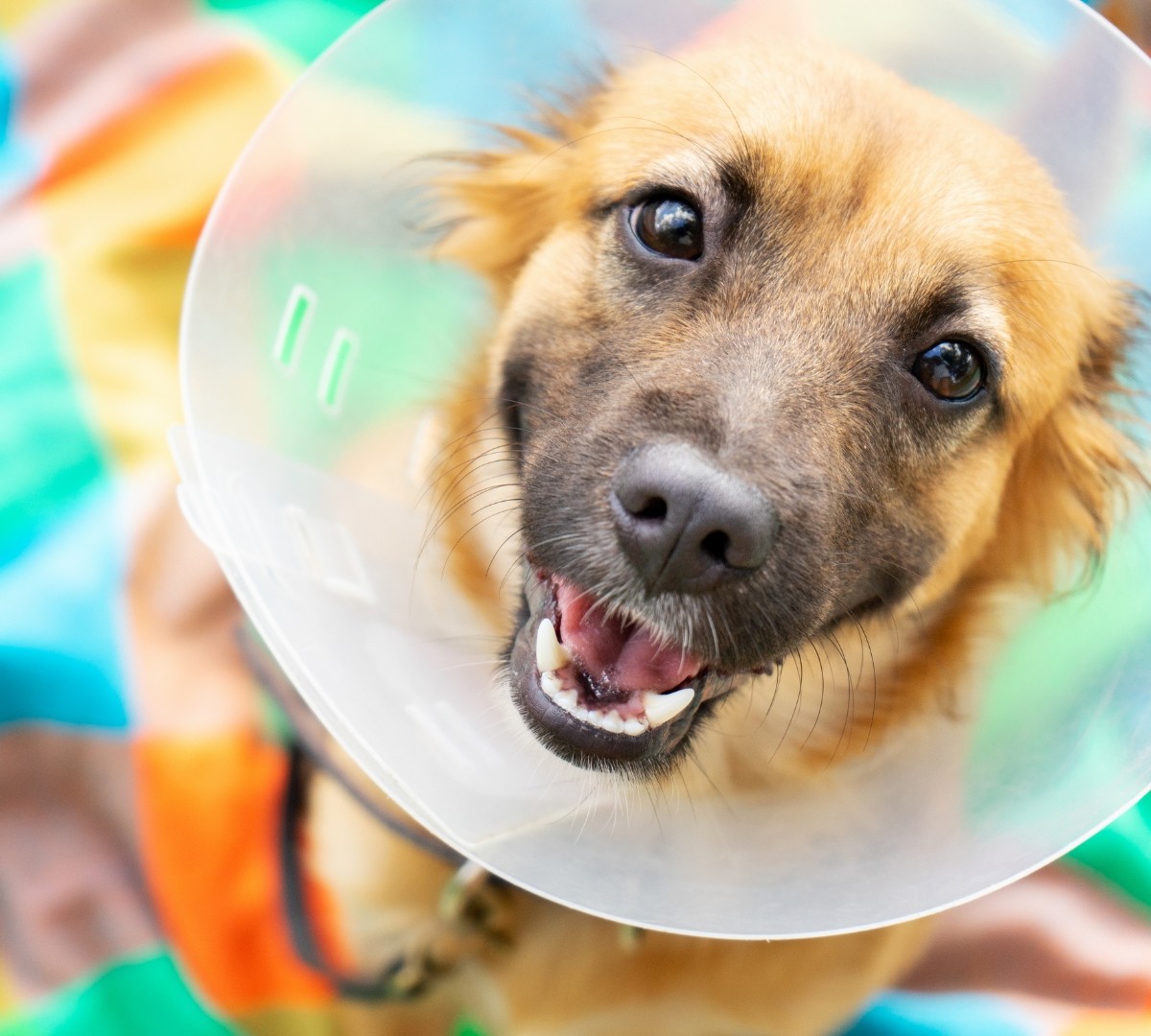
Pet Ophthalmology
We are thrilled to announce that Dr. Clara Williams, DVM, MS, DACVO will be joining our BVC family for scheduled visits to diagnose and treat patients with eye and vision issues. Our team will perform a comprehensive eye exam that includes:
- An assessment of your pet’s comfort and vision
- Measurement of intraocular pressure, tear production and staining of the eye to evaluate the corneal surface
- Evaluation of your pet’s eye, iris, lens and retina with specialized equipment
Conditions We Treat in Dogs & Cats
- Canine Eyelid Masses
- Cherry Eye
- Corneal Sequestrum
- Corneal Ulcers
- Dry Eye (Keratoconjunctivitis sicca)
- Feline Ocular Herpes
- Glaucoma
- Causes of Blindness
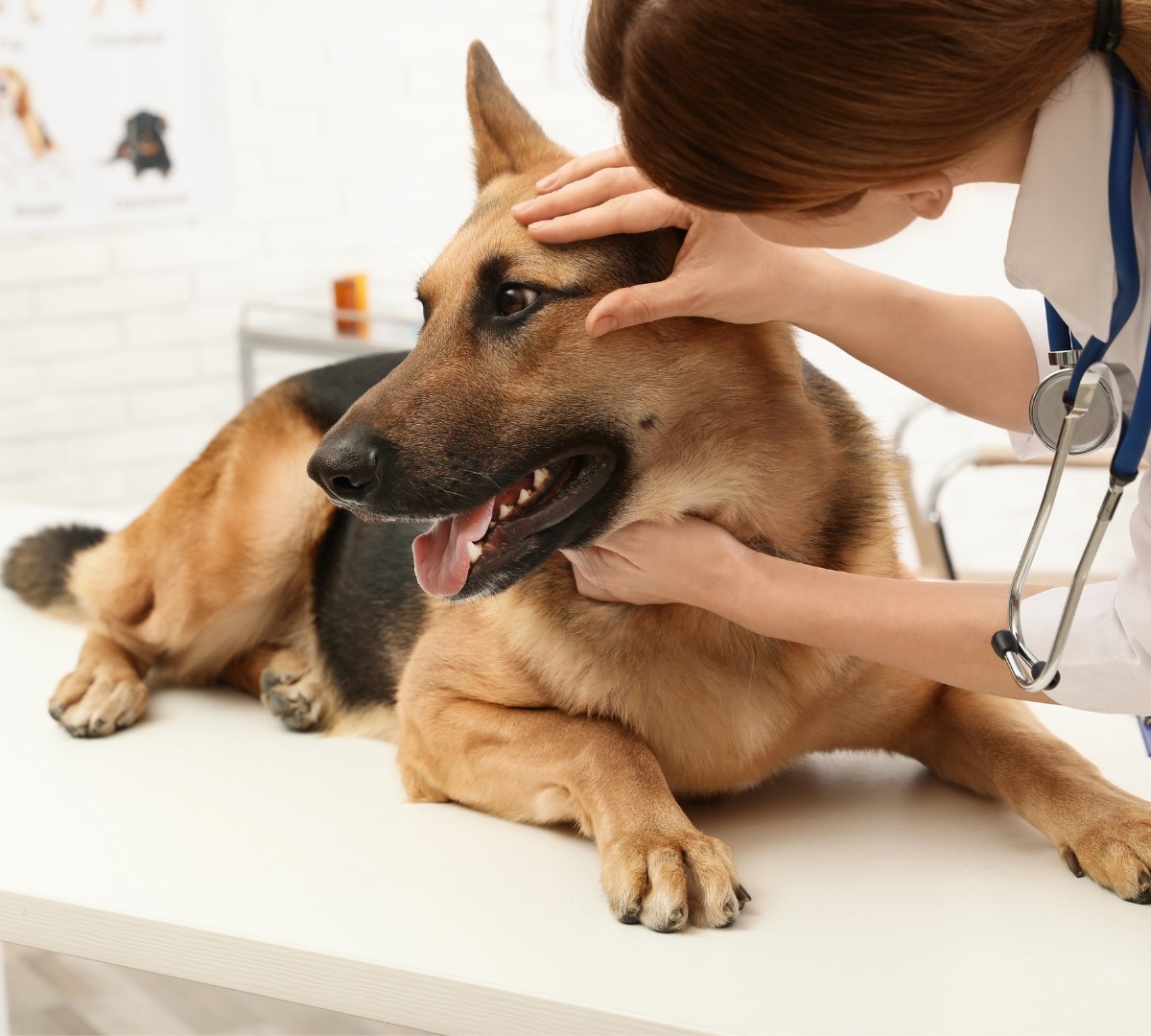
Pet Gastropexy
Prophylactic gastropexy is a surgical procedure recommended for certain dog breeds that are at a higher risk of developing a life-threatening condition called gastric dilatation-volvulus (GDV) or “bloat.” GDV occurs when a dog’s stomach fills with gas, fluid, or food, causing it to twist or rotate on itself, leading to a potentially life-threatening emergency. Breeds with deep chests, such as Great Danes, Boxers, Weimaraners, and Standard Poodles, are more susceptible to GDV. Additionally, dogs with a history of GDV or a family history of the condition may also benefit from a prophylactic gastropexy.
The veterinarian surgically attaches the dog’s stomach to the abdominal wall during a prophylactic gastropexy, preventing it from twisting in the future. This procedure can be performed in conjunction with other surgeries, such as spaying or neutering, or as a standalone preventive measure.
By recommending a prophylactic gastropexy, the aim is to reduce the risk of GDV and potentially save your dog from a life-threatening situation.
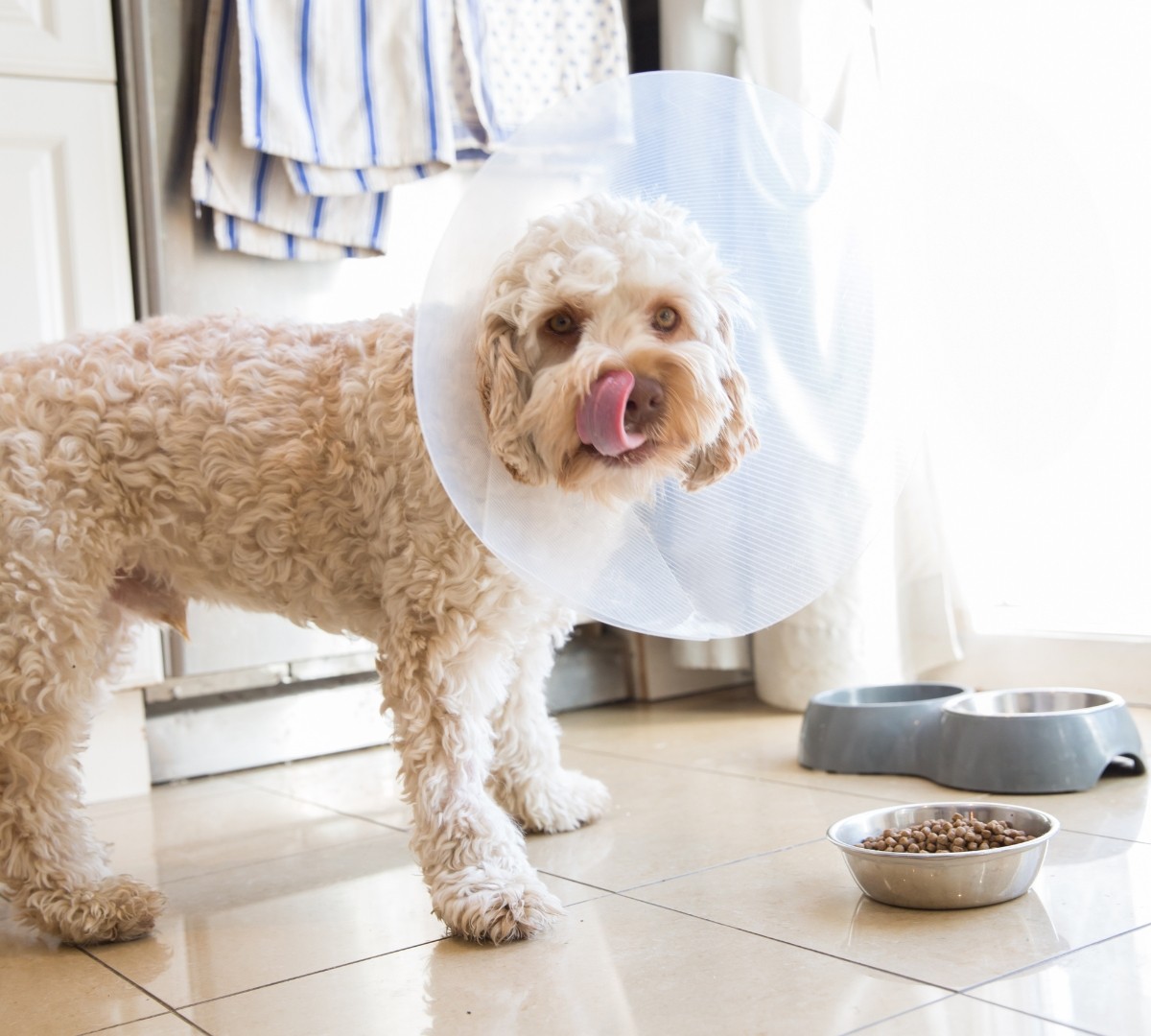
Pet Chiropractic
Dr. Bruce has been a licensed chiropractor since 1984 and holds an American Veterinary Chiropractic Association Animal Chiropractic Certification. Dogs may exhibit a variety of symptoms when experiencing neck, back or joint pain . They may be sensitive to touch, have difficulty climbing stairs or getting up from a laying down position, display changes in the way they walk or run, limp, or even show variability in appetite or elimination behavior. Your dog may benefit from chiropractic adjustments after being examined by a veterinarian and determining the cause of the pain.
Chiropractic care is not a substitute for veterinary medical care but rather can be part of a multimodal approach recommended by your veterinarian. Treatment consists of chiropractic adjustments to help unlock the joints and improve normal nerve function and improved mobility. All of the care is done by hand by Dr. Bruce himself and most animals experience immediate relief and may only require a few adjustments to resolve the issue.
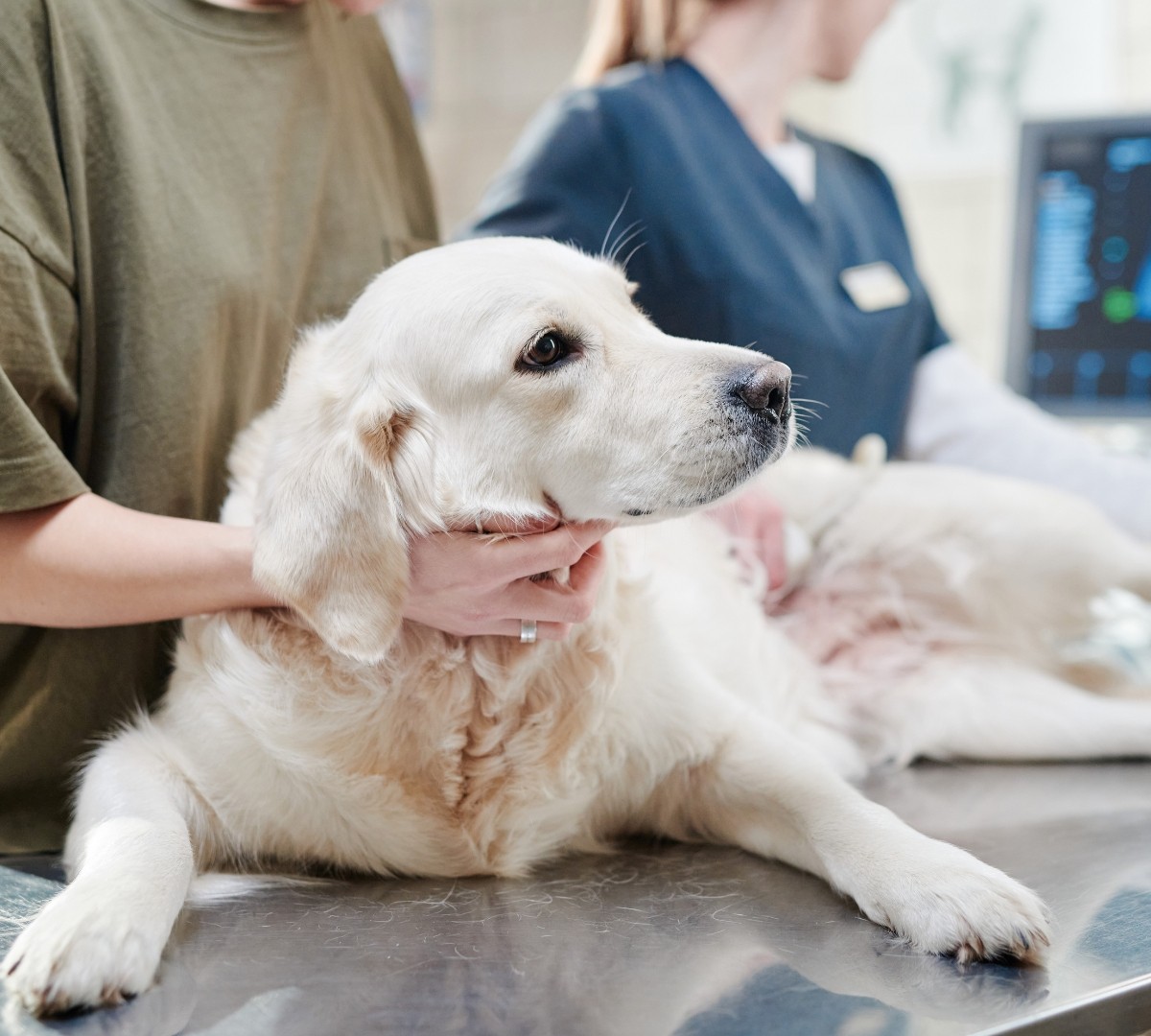
Pet Behavior Evaluation
Our behavior team combines expertise in veterinary medicine with a deep understanding of animal behavior. Their primary focus is on diagnosing and treating behavioral issues in animals, ranging from common problems like aggression and anxiety to more complex issues like compulsive disorders or phobias. They conduct thorough assessments to determine the underlying causes of the behavior, including medical contributing factors, and develop tailored treatment plans, which may include behavior modification techniques, medication, and environmental adjustments. Additionally, our behavior team works closely with pet owners to provide guidance and support, helping them better understand their animal’s behavior and how to effectively manage it for a happier, healthier relationship between pets and their human companions.
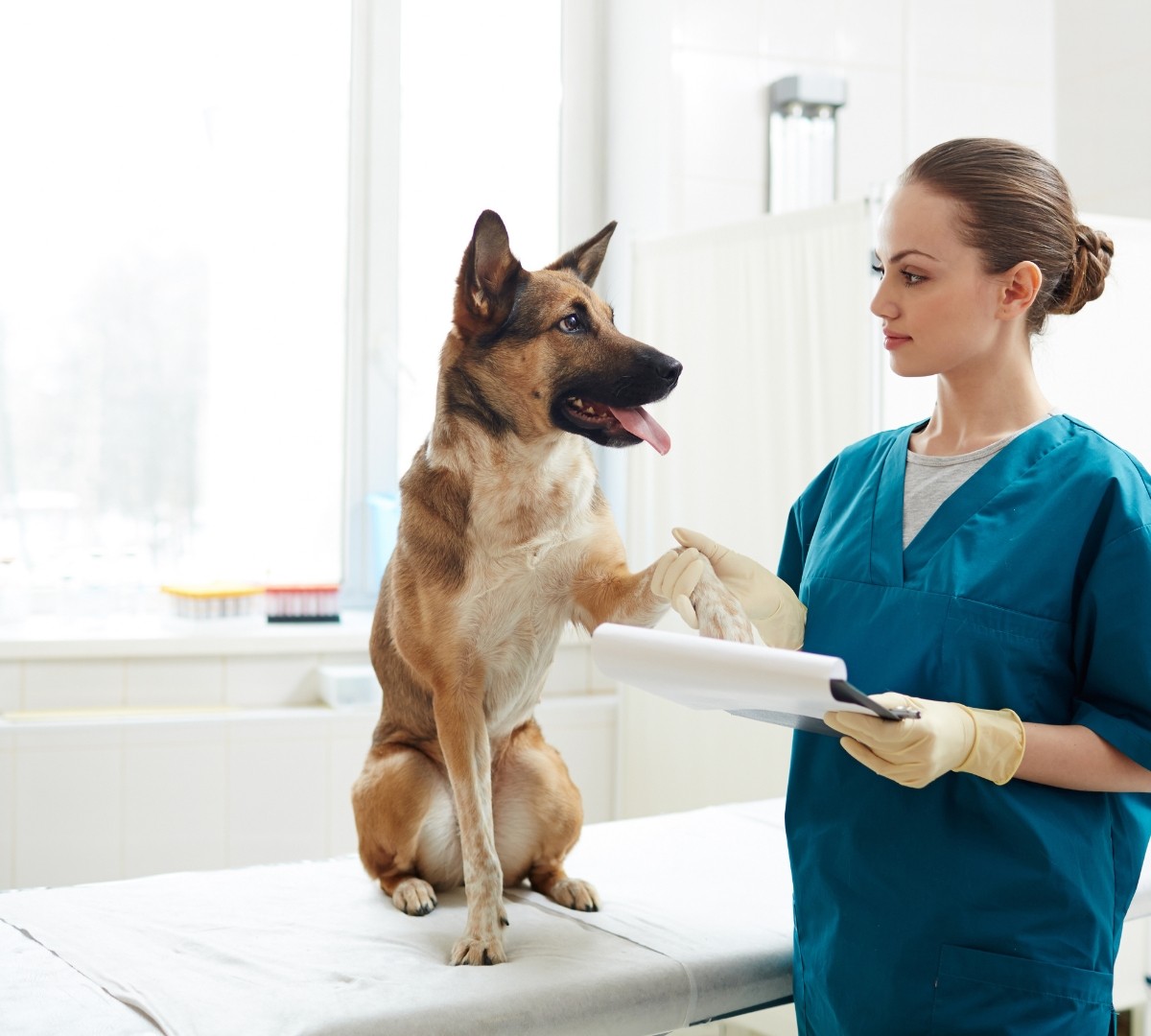
Complete Care by BVC
The preventative care your pet needs, in one budget friendly package. Get peace of mind, flexibility, and cost savings with discounts, included exams, vaccines, and more.
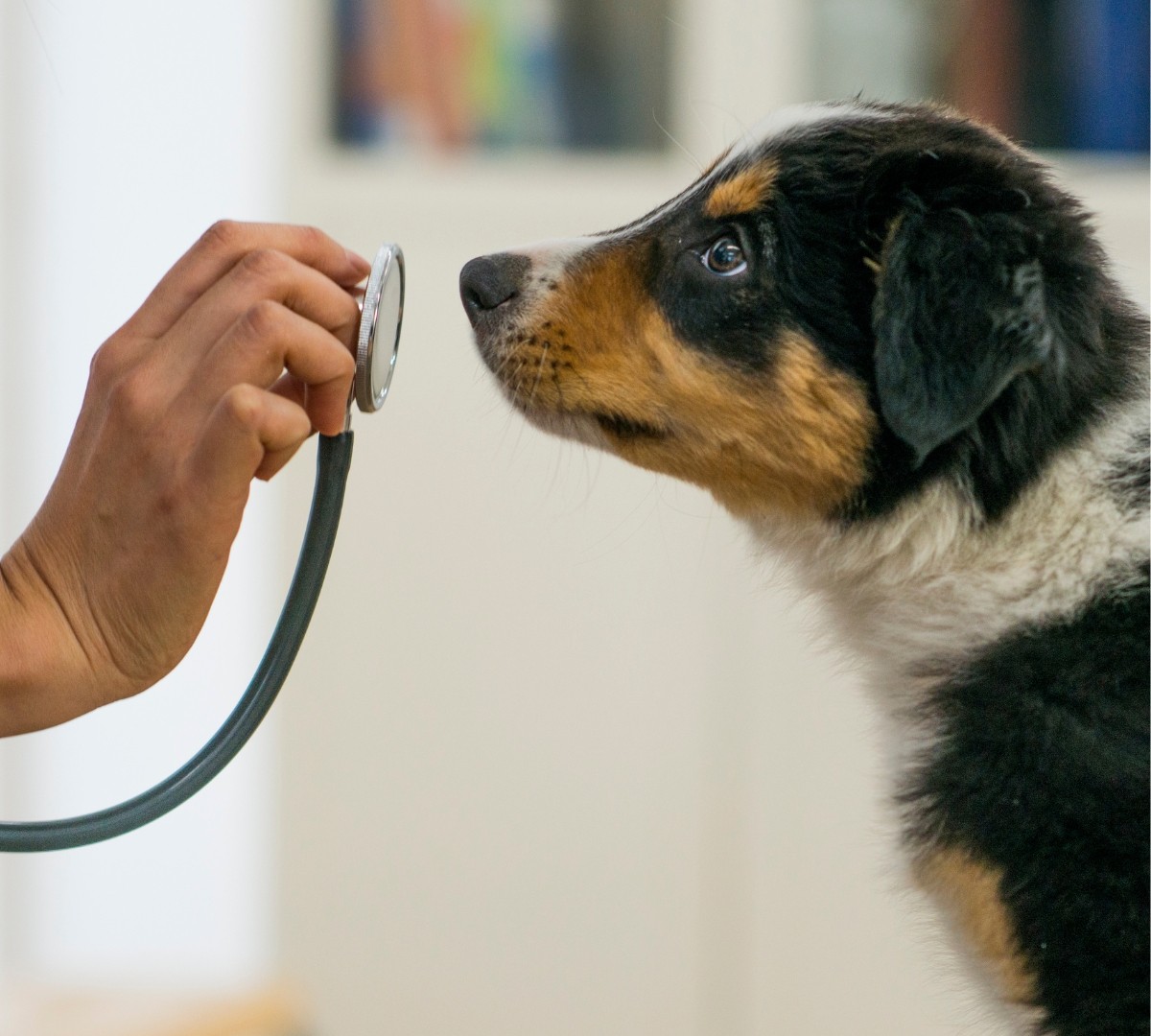
The staff was so warm, friendly, and attentive to my dog. They went out of their way to make her feel comfortable and safe, and were very communicative with me the whole time about what they were doing and why. The facilities are clean and cozy; I wish human hospitals were this warm! Cannot recommend BVC highly enough.
Adam Romanow | Google Reviews
WE GOT CRED
Our practice brings the highest medical standards of care to your furry family members. We proudly adhere to the following organizations’ practices’ that provide us with the tools that make our mission possible. AAHA guidelines provide cutting-edge information and frequent updates that help veterinary professionals face the demands of a continually shifting industry to ensure pets receive the best possible care. The Cat Friendly Practice program is a global initiative designed to elevate care for cats by reducing the stress for the cat, caregiver, and also the entire veterinary team. The Fear Free Certified mission is to prevent and alleviate fear, anxiety and stress in pets patient visits by inspiring and educating the people who care for them.

